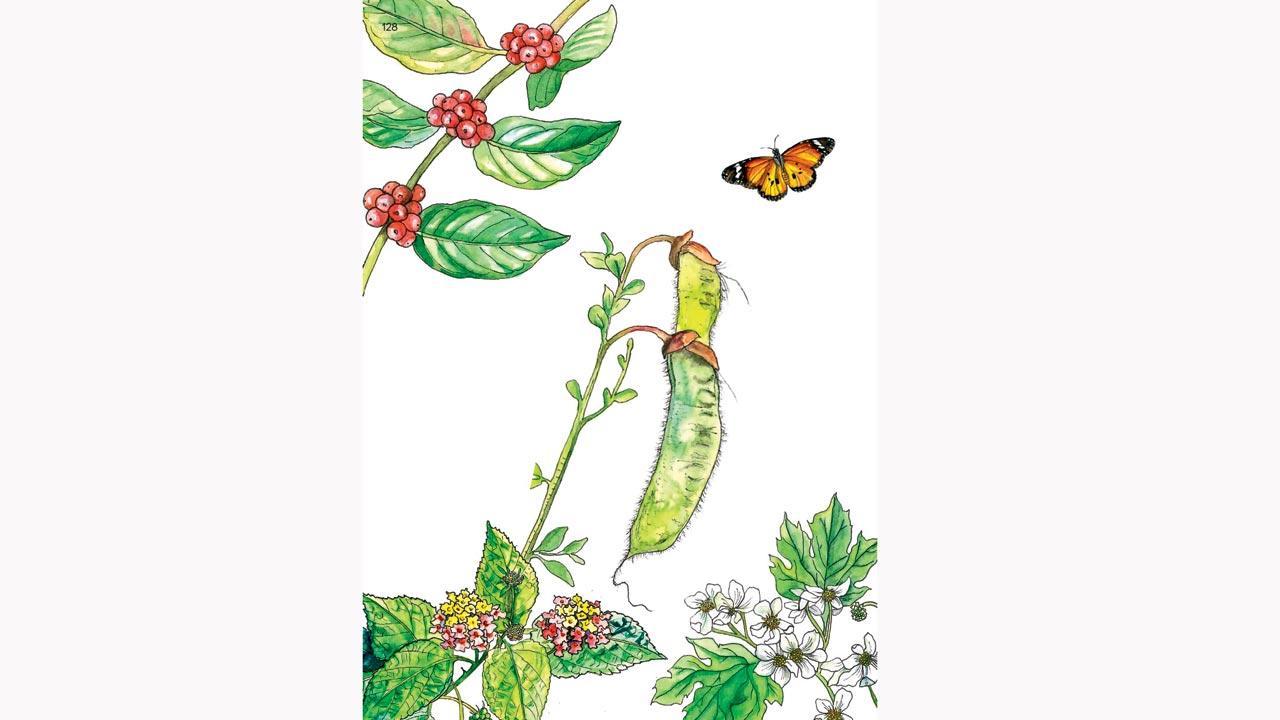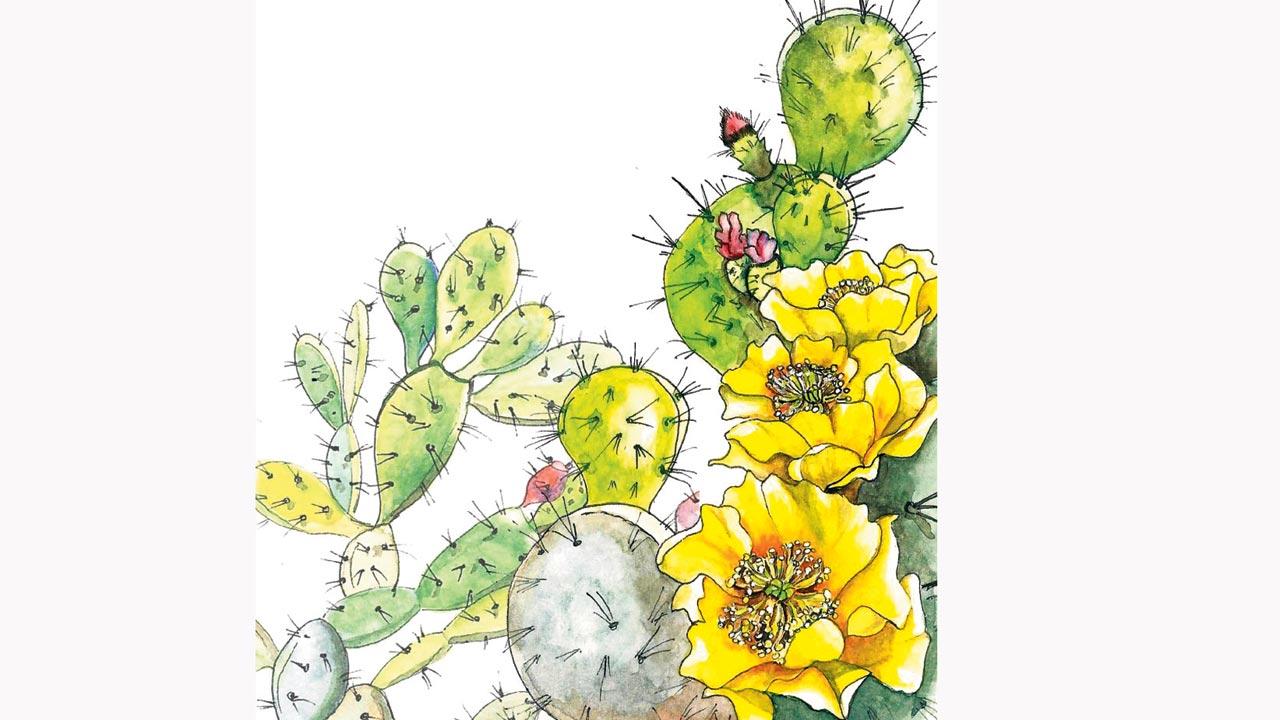A new illustrative guidebook delves into the non-native plants that have made India their home, and their impact on local biodiversity

File pic
We are all aware of how the Indian Subcontinent was colonised by ‘outsiders’ who eventually were forced to leave. But do you know in the plant world too, non-native plants entered our country, only to never leave? Highlighting this aspect of the flora world are Bengaluru-based Biodiversity Collaborative and Nature Conservation Foundation by co-publishing and releasing a book, aptly named Guests Who Never Left (R350). The book has been co-authored by RS Reshnu Raj, AP Madhavan, TR Shankar Raman, Divya Mudappa, Anita Varghese, and Ankila J Hiremath; all of whom are ecologists, conservationists and scientists.
ADVERTISEMENT
“India has had a long history dating back to the colonial period of introducing plant species, sometimes accidentally or purposefully, from different parts of the world. A small number even arrived unintentionally, like Congress grass, whose seeds are believed to have reached our shores in a shipment of imported wheat,” says Aditi Sajwan of Biodiversity Collaborative, who has provided editorial and outreach support for the book, adding that there are as many as 2,503 plant species in India that have come from elsewhere, collectively known as ‘alien plants’. Even today, they attract people with their vibrant colours, striking shapes, and exotic origins, adorning gardens and backyards.

“However, most of these plants have choked our lakes and taken over our forest floors, severely affecting our local biodiversity,” said co-author TR Shankar Raman, who is also a scientist at the Nature Conservation Foundation. Apart from replacing the native biodiversity, these invasive species intrude into the regeneration of native species, altering not only the ecosystem structure but also its functioning.
The book includes illustrations by Ravi Jambhekar and details of 50 alien species including climbers, herbs, shrubs and trees that have spread across Peninsular India and have had disastrous effects on the local biodiversity. “It’s crucial to recognise that species invasions are an ongoing phenomenon, not confined to the past. Many invasive alien plants in India today were introduced during the pre-independence colonial period. Notable exceptions include the popcorn tree (Senna spectabilis) and carrot grass, which arrived more recently,” shared co-author Ankila J Hiremath.

The book is an attempt to highlight invasive plants that are considered to be of high concern across the Western Ghats and over much of Peninsular India. Some of these species are also found in other regions of the country, such as the Himalayas and Indo-Gangetic plain, and the Andaman and Nicobar Islands. Each of these unique and biodiverse regions deserves its own dedicated volumes on invasive alien plants. For now, this book serves as a start by describing 50 major invasive plant species of India.
“We hope that the knowledge about these invasive alien plants will encourage readers to participate in citizen science efforts to record and map their distribution, contributing to the creation of an invasive plant Atlas,” shared co-author Anita Varghese, also the director of Keystone Foundation. One such effort is the Mapping Invasive Alien Plants (MIAP) project (MIAP 2023), which is a pilot citizen science project by Bengaluru-based Ashoka Trust for Research in Ecology and the Environment. Developing an Atlas of invasive alien plants would significantly support the management of these species and the restoration of habitats.
 TR Shankar Raman; Ankila J Hiremath; Anita Varghese and Aditi Sajwan
TR Shankar Raman; Ankila J Hiremath; Anita Varghese and Aditi Sajwan
The writers emphasised that the book is not only for conservationists, but also for gardeners, horticulturists, farmers, managers and researchers, and anyone connected with the conservation and ecological restoration of India’s beautiful, diverse, and threatened ecosystems.
Where to buy the book?
. Paperback edition
Log on to ncf.myinstamojo.com
. Digital edition
Log on to ncf-india.org/blog/guests-who-never-left-2
 Subscribe today by clicking the link and stay updated with the latest news!" Click here!
Subscribe today by clicking the link and stay updated with the latest news!" Click here!







